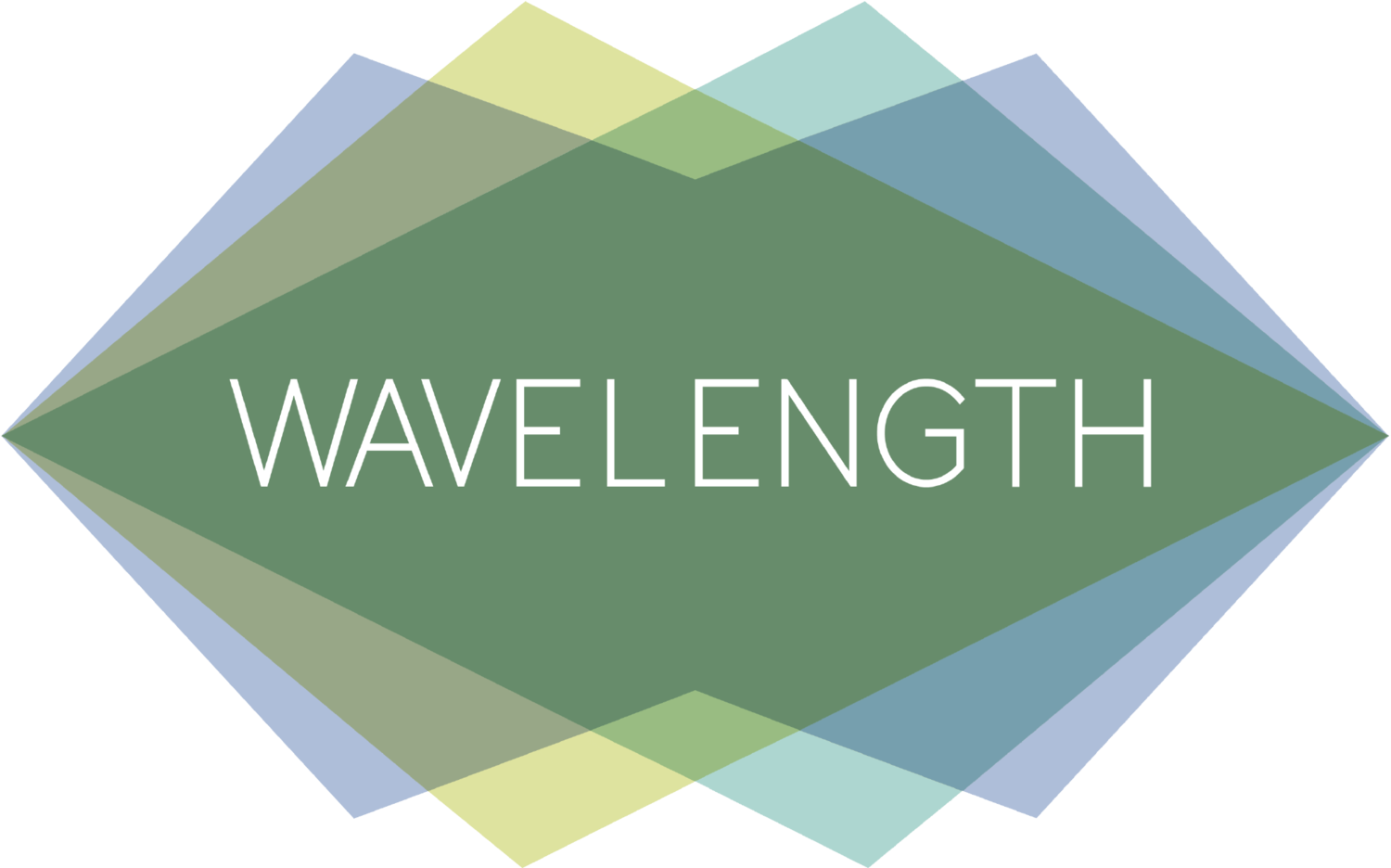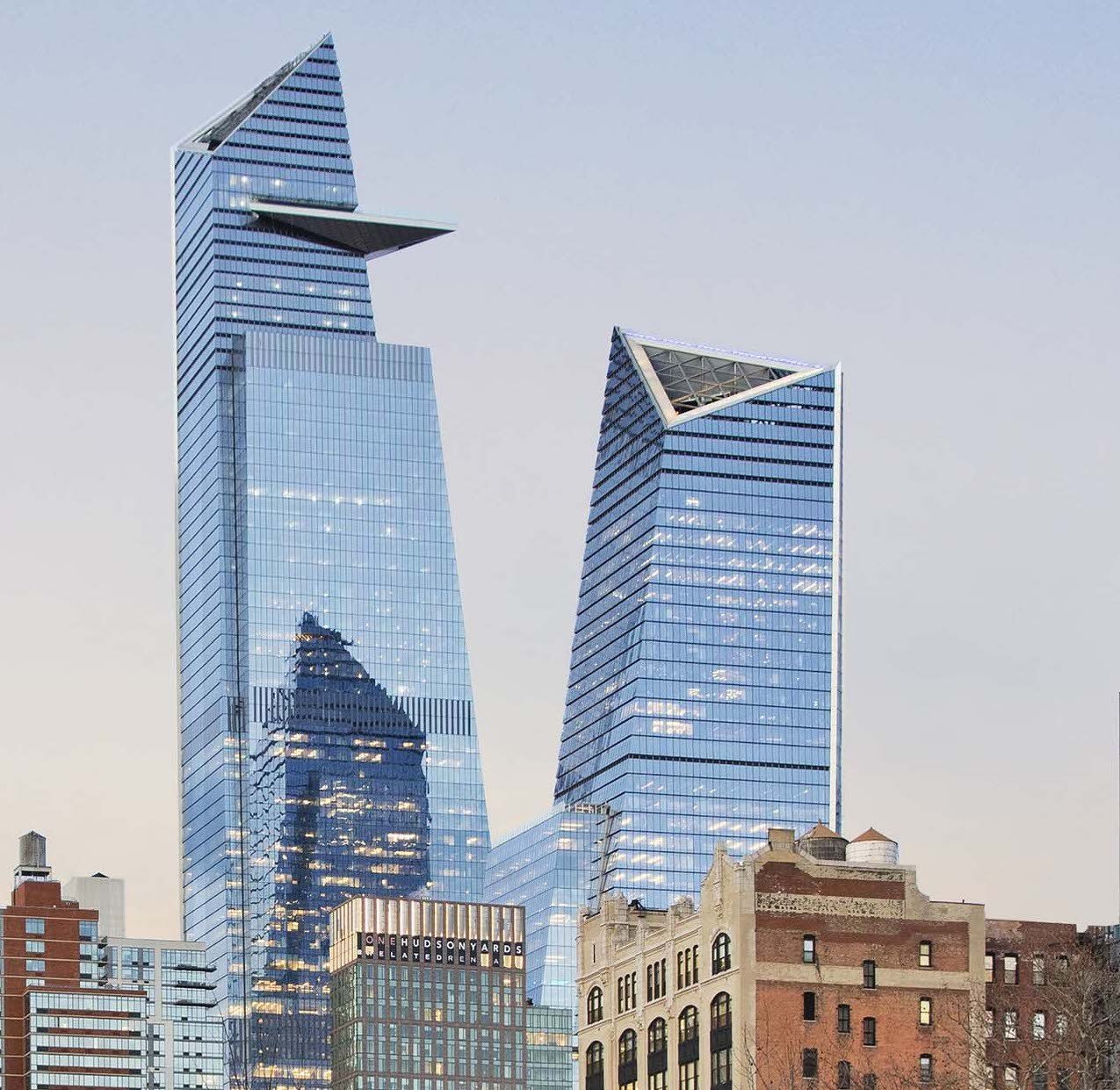
Retrofits
Wavelength Lighting has been performing LED lighting and controls retrofits for over 10 years in New York City, working with some of the most prestigious names in real estate on projects across the lighting spectrum.
Our approach
1.
Audit & Scope
Wavelength either processes the audit materials provided or self-performs the audit, producing a record of the existing lighting that forms the basis of the project.
2.
Project Design
The design phase is critical for achieving project objectives, whether they are savings and efficiency, Local Law 88 compliance, or lighting aesthetics. This phase ensures lighting and controls coordination and sets the blueprint for a successful project.
3.
Procurement
Wavelength, with a full-service distribution in house, is capable of sourcing material directly from the full market of manufacturers.
4.
Labor & Installation
Getting the right electrical partner for a job and managing their effort effectively is a huge part of what makes Wavelength competitive. We have a number of very strong contractor relationships, both Local 3 IBEW and open shop entities.
5.
Commissioning
& Incentives
Wavelength brings all the required skill-sets for retrofit work under one roof. We are a ConEd participating contractor, allowing us to maximize incentives, and we also have trained staff who can commission lighting controls systems.
Wavelength’s retrofit capabilities match the diversity of lighting applications.
We’ve retrofitted full office buildings, schools, and housing complexes. We’ve upgraded the lighting in lobbies, rooftops, and facades. Over the course of hundreds of projects performed in New York City, we’ve acquired a knowledge base in lighting retrofits that is unrivaled in the industry.
Retrofitting existing spaces with new lighting controls is a new challenge in the lighting industry.
This shift has largely been brought about by the requirement within Local Law 88 that mandates most commercial spaces in New York City to comply with the lighting controls elements of the Energy Conservation Code by the end of 2024. These include daylight harvesting, time-clock functionality, and specific occupancy vs. vacancy rules that very few spaces are currently following. The Wavelength team is capable of designing a controls system that works with existing electrical systems, complies with code, and maximizes energy savings and utility incentives.
The future of LED maintenance is uncharted territory.
LED lighting became the default in new construction around 2015, meaning the first generation of LED fixtures is just now reaching the end of their useful life. Replacing those fixtures, en masse, is a challenge that real estate managers have never faced. Wavelength’s ability to make these generational upgrades skillfully involves careful specification and an eye toward products that will be maintainable for decades to come, rather than perpetuating a cycle of full-fixture replacements.


















